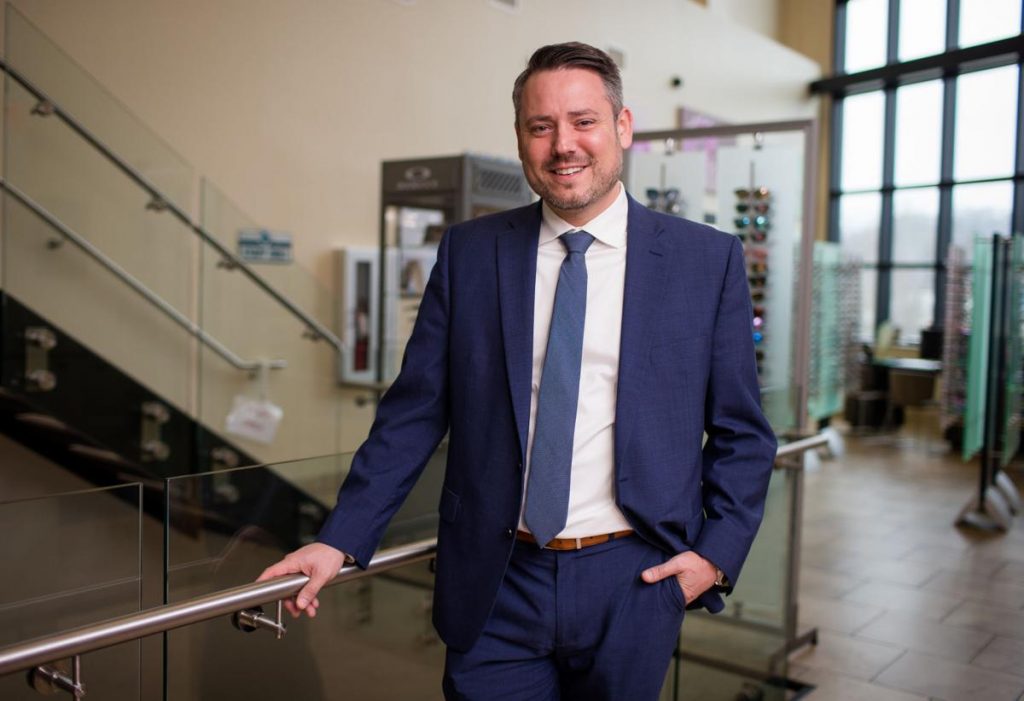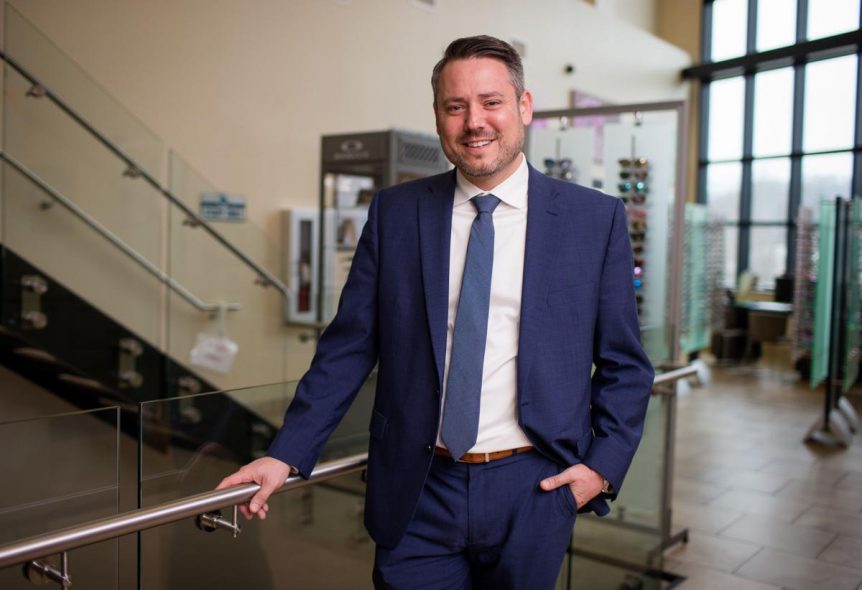HUNTINGTON, WV | by Bishop Nash | March 24, 2019
Original article can be found at: https://www.herald-dispatch.com

HUNTINGTON — For as ubiquitous as the famous Golden Arches are considered in American life, consider that for every McDonald’s in the Huntington-Ashland metro, there are at least two Valley Health Systems locations.
Geographically, no healthcare provider in the Tri-State has a larger footprint than the Huntington-based system. There’s a clinic within reasonable distance to virtually everyone in the region – whether you’re at the foot of Fourteen Mile Mountain in Harts or on the riverbank in Gallipolis Ferry.
In all, there are 39 total locations: 22 health centers, eight school-based centers, eight Women, Infants, and Children (WIC) centers, and a diagnostics lab serving Cabell, Wayne, Putnam, Lincoln, Mason, Kanawha, and Boone counties in West Virginia and Lawrence County in Ohio, staffed by 136 providers and serving nearly 70,000 patients.
Expanding that base with a network of community health centers, especially out into the reaches of the region’s far-flung communities, is the crux of Valley Health’s drive to serve as many people as possible, in as many places as possible, regardless of their ability to pay, president and CEO Steve Shattls put it.
“Our mission is to find those that don’t have access to that,” Shattls said. “If you look at access to care, that’s what a community health center is all about.”
Valley Health is peculiar among the region’s major healthcare players in that it is a Federally Qualified Health Center (FQHC), he explained, meaning they are held to different federal standards than typical private practice providers or those sponsored by a hospital or medical school. One of those requirements is Valley Health must offer a full array of services to all patients, be they in Fort Gay, Westmoreland, Milton or otherwise.
They’re required to offer comprehensive care beyond simply physicians and nurse practitioners; it means connecting patients to their own in-house specialists such as in oral health, optometry and behavioral health, Shattls said.
The latter, he noted, has been the focus of particular expansion in responding the opioid crisis and the substance abuse that often triggers behavioral health problems.
FQHCs like Valley Health are also required to have their own pharmacy. If their physicians prescribe a medicine, they make sure the patient is able to receive that medication to complete the whole cycle of care, he continued.
“We’ve been doing these things here in a comprehensive way before anybody else, particularly those folks who had only been involved in behavioral health,” Shattls said. “We’re been doing substance use disorder treatments since 2009.”
Many of Valley Health’s clinics likewise offer multiple specialties under one roof. At its headquarters off U.S. 60 in Huntington, patients could see an OB-GYN, a dentist, a psychiatrist, and an optometrist all in one building.
Creating those local one-stop-shops is the drive behind Valley Health’s latest project: the new facility in Milton – located about 100 yards away from the current clinic at the former Mountaineer Opry site. Valley Health has operated in Milton since 1977, less than a year after the system was founded.
The new Milton facility will house more family and behavioral health practitioners as well as new dental facilities. The clinic is expected to open by mid- to late summer 2019.
Valley Health is also a major partner in the new PROACT facility in Huntington – a joint effort along with Cabell Huntington Hospital, St. Mary’s Medical Center, Marshall Health, and Thomas Health. A triage and treatment center for those suffering from substance use disorder, it functions as the centralized hub for treatment, recovery, therapy, education, research, workforce opportunities and support.
Each partner offers their own specialty to the mix. Valley Health’s chief part at PROACT is managing medication-assisted therapy, which it’s long offered at its Highlawn and Hurricane clinics. Shattls said Valley Health plans to soon expand MAT offerings to other clinics in the area.
And like PROACT, much of coming growth will be driven by partnerships rather than competition.
“We believe the best solutions to providing great healthcare and good outcomes in expansions is through collaboration,” Shattls said.
But for the people in rural communities to be served, there’s more to be said beyond simply shortening the distance between themselves and their doctor. There’s a distinct comfort in driving down to a local clinic, staffed by folks from their own community, rather than into an urban hospital.
“Patients are generally more comfortable seeing medical providers in their backyard and it their community,” said Dr. Mathew Weimer, vice president of health services & chief medical officer, who also keeps a family practice at the Milton clinic. “There’s, of course, a great need in patients traveling to Huntington and Charleston to seek serious services, but if we can provide care in their hometown, that seems to really resonate with the community.”
Those rural outposts likewise allow Valley Health to be particularly keen on the specific social determinants of these rural communities, Weimer explained – whether that be access to healthy food, housing or poverty. Addressing issues like these, he continued, contributes to the whole health of the individual and the area as a whole.
“Clearly there’s a mission as healthcare providers in these communities to assess and break down these barriers to better health,” Weimer said.
In December 2017, Valley Health scored a flawless 19 of out 19 on its latest operational site visit by the U.S. Health Resources and Services Administration, one of the few FQHCs in the nation to receive a perfect score in all its 19 key programs.
Share this Post













